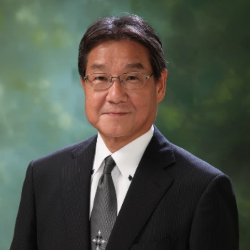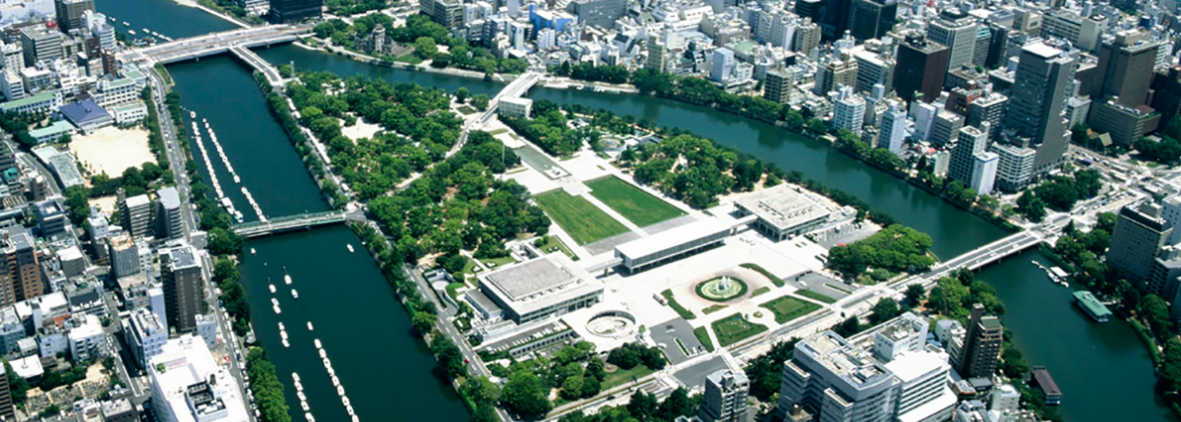Introduction

As an international conference specifically focusing on the subject of fatigue, the International Fatigue Congress was established in 1981 by the initiative of Professor A.F. Blom, Sweden. The first congress was held in Stockholm, and it has been organized every three years in different cities until the venue was again Stockholm in 2002. Meetings such as the International Conference on Mechanical Behavior of Materials (ICM) and International Conference on Fracture (ICF), which are conferences dealing with material strength and solid dynamical systems, are held every four years. Therefore, to avoid overlapping, this meeting was organized every four years after 2002. It was held in Atlanta, USA in 2006 and has continued likewise since then. The last meeting was held in Poitiers, France, in 2018, where 614 presentations were given. In the meantime, the 4th International Fatigue Congress, “Fatigue'90,” was planned in 1990 mainly by The Society of Materials Science, Japan (JSMS) Committee on Fatigue of Materials, but owing to the impact of exchange rates, the conference was held in Hawaii, USA. So, this is the first time the congress is organized in Japan.
“Fatigue” is a term used to describe deformation under repeated loading, a phenomenon starting to manifest during the Industrial Revolution in the 19th century and being the subject of wide ranging investigations. Initially, most of the research was performed using engineering approach to prevent failure by grasping fatigue life based on stress criteria. Subsequently, researches were conducted on life evaluation methods based on plastic strain and on fatigue life estimation methods under actual working load. Moreover, with the development of observation instruments, such as optical microscopes, transmission/scanning electron and atomic force microscopes, extensive research were conducted focusing on the clarification of the mechanism of fatigue crack initiation based on microscopic observation to elucidate the mechanism of fatigue crack propagation and to address the essence of fatigue.
In the initial stage, the research target was limited to metallic materials and was called “metal fatigue,” but with the appearance of engineering ceramics, resin materials and resin-based composites, as well as of new advanced materials that have been developed according to the requirements over time, the scope of research on fatigue has gradually expanded.
The International Fatigue Congress brings together scientists and engineers engaged in experimental, theoretical, and characterization research on mechanisms of fatigue fracture and provides unique and ideal environment for the exchange of discoveries, ideas, and experiences in related fields.
On a personal note, right after starting my scientific career as a researcher, I joined the executive committee of Fatigue '90 held in Hawaii in 1990, and was present in all meetings except the previous one in France. That time, I intended to participate in the International Fatigue Congress having in mind to invite the Congress to Japan, but to my greatest regret, I was preoccupied with my duties as Head of the Faculty of Engineering. Now I am much honored to act as the Chairperson of Fatigue 2022+1 to be held in Japan for the first time, and I am looking forward to welcoming you to the peaceful city of Hiroshima.
Atsushi Sugeta
Congress Chair


